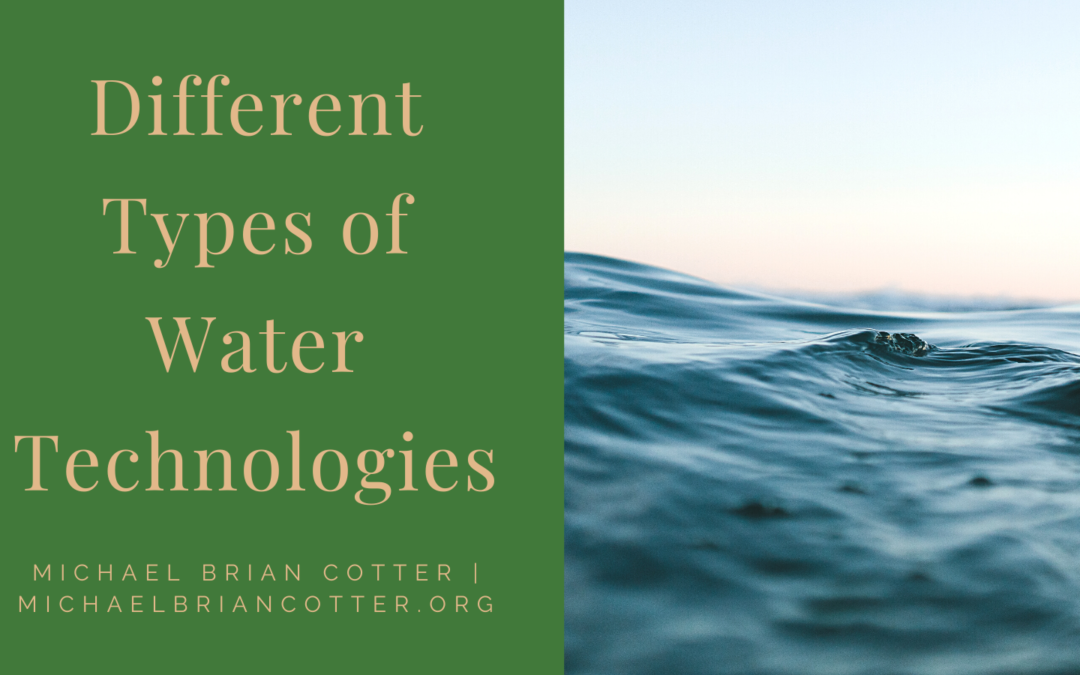Modern society is built upon the availability of an infinite supply of fresh water. While some people in developing countries may still go without clean running water, many Americans take it for granted. The world at large is depleting healthy water supplies at an astonishing rate, so this issue is fast becoming a national security issue in many countries, if not already. In fact, in July 2010, the United Nations General Assembly passed Resolution 64/292, which explicitly recognized for the first time (not without opposition from vested interests) that there is a human right to water and sanitation and acknowledged that clean drinking water and sanitation are essential to the realization of all human rights. The Resolution calls upon States and international organizations to provide financial resources, help capacity-building, and technology transfer to help countries, in particular developing countries, to provide safe, clean, accessible, and affordable drinking water and sanitation for all.
While new technologies are being deployed to access abundant new sources of clean water, this article focuses on the existing supplies and how to consume it safely. To that end, there are several types of different water treatment technologies available to remove contaminants and make water drinkable. Some common examples include:
Activated Carbon
Activated carbon is a small piece of carbon that has been treated with oxygen inside of it. This process increases the surface area, allowing more contaminants to be trapped on each gram of activated carbon than regular charcoal. The most common application of activated carbon is in water treatment. It can remove impurities such as chlorine or taste from drinking water and act as an effective filter against pollutants like lead or mercury.
Activated charcoal is usually sold pre-packed into cartridges which are then compressed into different types of filters, such as reverse osmosis permeable membranes and block filters. These types of filters can purify thousands to tens of thousands of gallons before needing replacement.
Screening Surface Water
In most cases, surface water is not safe to drink. Usually, it contains harmful contaminants that people do not want to ingest. However, this type of water can be purified by using screens that are designed to remove dirt and contaminants before passing the water through a more rigorous purification process such as activated carbon.
Reverse Osmosis
Reverse osmosis is one of the most effective ways to purify water because nearly all impurities are filtered out during the process. However, water moves from high pressure to low pressure, which means it must be under a fair amount of force for the reverse osmosis membrane to work correctly. Reverse osmosis uses hydraulic pressure to push water molecules through a permeable membrane that only allows water to pass through it. As a result, any impurities are filtered out and left behind on the other side of the membrane. Reverse osmosis is a common type of technology used in homes as part of their water filtration systems. However, some complicated methods for purifying water can be used in industrial settings with high volumes of contaminated water.
Gravel Filters
Gravel filters can remove particulate contaminants from water and stop them from clogging up the rest of the purification process like activated carbon. Gravel is heavy and coarse, allowing it to filter larger particles that may clog up other purifiers such as microfiltration or nanofiltration membranes. The gravel not only acts as a screen but absorbs impurities and other solids before they are able to pass through into the next stage of treatment for purified drinking water.
